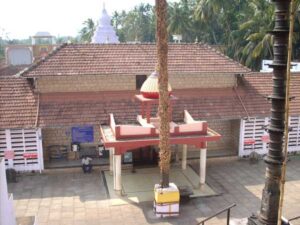
Kadri Manjunatheshwara temple being one of the ancient historical temple dating back about 1068 A.D. is very interesting place. The Manjunatha temple, Kadri belongs to the Vijayanagara style of structure. From its present form, it may be inferred that during the 15th or 16th century A.D., it must have been given a solid structure. The scenic beauty of the Kadri hills, the presence of the pre-historic caves cut into the laterite mounds and the historical and religious importance of the Manjunatha temple lend particular enchantment to this centre. On the Kadri Hill is situated the biggest centre of the Natha Pantha (cult) in South India. The caves of Kadri hill have to be archeologically examined.
There is considerable construe on the name Kadri. It is derived from Kadari, meaning plantain and that Kadri was known to have been overgrown with plantain trees. But this could only be a too commonplace meaning. According to the Buddhist enumerator Kadarika means a hillside pastures land. The earliest reference to this place is in the epigraph dated A.D.968 engraved on the pedestal of the famous Lokeshwara image. In it is mentioned that King Kundavarma of the Alupa Dynasty installed the image in Kadarika Vihara. From this we can know that Kadarika is the earliest form of this place name. Vihara is the name given in Buddhlet settlement while Buddhism flourished here during 10th century A.D.
History:
Earlier to 10th century A.D. Kadri was an important centre of Buddhism. Documents supporting the fact are available in and around Kadri. During 10th century A.D. Buddhism began to loose its grip and new belief viz. Natha Pantha (cult) rooted in Kadri. Natha Pantha is a modified religious practice, which is, came from Vajrayana religious practice of Mahayana branch of Buddhism. In course of time it shined with Shiva beliefs. Local people as Jogis called them. And their monastery is called as Jogimutt.
Buddhist monks who came from northern India made Kadri as their place of Vihara and settled here. In those days it was called as Kadarika Vihara. Subsequently, followers of Natha pantha were also came and settled here. The epigraph of 968 A.D. mentions Mangalore as “Mangalapura” and Kadri as “Kadarika Vihara”. In stone epigraph belongs to 12-13th century A.D. available in temple’s kitchen which is in Kannada and Malayalam script it is clearly mentioned that the then King with local landlords and other important people of the area contributed a land for construction of the temple. Since earlier portions of epigraph are damaged, the name of the King is unknown. As per the documents available the Alupa Queen Balli Mahadevi (1277-1288) called herself as a devotee of Lord Manjunatha.
The temple was built in 12th century according to Hindu Agama Shastra (architecture rule). In 14-15th century A.D. it was reconstructed with granite stone. The idol of Lord Manjunatha is made of Pancha Loha (mixed metal of five elements). The Jogis of Jogimutt are still residing on the Kadri Hill. As Lord Manjunatha is a form of Lord Shiva, they ardently worship him. The surroundings of the Jogimutt depict its ancient importance. There are caves around the Jogimutt, which are called as Pandava caves. But one can assume Jogis often used these caves for meditation and penance. There are small temples of Boothanatha, Matsyendranath, Gorakanatha and many other Natha protagonists surrounded by existing Jogimutt. Reserving its peacefulness and mystery the Jogimutt still arise feeling of holiness within a visitor. Further research and study on all aspect from archeological department may spotlight the hidden facts about the temple and surrounding monuments.
Mythology:
Kadri has its own story from Puranas (Hindu Mythology) regarding its sanctity and abode of Lord Manjunatha. This story is in Sanskrit and available in “Bharadwaja Samhita”. In ancient days Kadarika was a part of Siddhashrama were many sages, saints were often practicing meditation and penance. There was no fear of sin or wrong deed. Once a discussion regarding Lord Manjunatha’s sanctity and greatness were held between two great sages viz. sage Brigu and sage Kapila. Sage Bharadwaja heard this discussion and told the same to one of his follower viz. Sumanthu. Hence this called as Bharadwaja Samhita.
The story is as follows:
Lord Parashurama who is an incarnation of Lord Vishnu destroyed egoistic Kshatriya kings and donated the confiscated land to sage Kashyapa. Thinking of that taking a shelter in donated land is not virtue, Parashurama made rigorous penance and meditation of Lord Shiva on Sahyadri Mountain region seeking a new land for his shelter. Lord appeared before him and told that he will incarnate as Manjunatha for a good of mankind and suggested to meditate upon him at Kadalivana (today’s Kadri). Parashurama gazed at Kadalivana, which was ten-yojana distance from Sahyadri Mountain and also was occupied by ocean. He asked Ocean King to leave that Kadalivana for him. But Ocean King did not granted his wish. Becoming angry upon this act of Ocean King, Parashurama took his axe (weapon) and roared upon Ocean King. Frightened King left behind by giving land and Parashurama got his shelter. As per the order of Lord Shiva Parashurama visited the new land and found there a Kadalivana (plantain field) and one Rasakoopa (well). In that Rasakoopa Lord Shiva appeared before Parashurama and ordered to construct a temple there with a help of Vishwakarma (a divine sculptor). Accordingly Vishwakarma constructed a temple and town. In course of time various scholars, sages, saints, philosophers came here and took shelter. Later Goddess Parvathi, wife of Lord Shiva decided to settle here. As per the Order of Lord Shiva, Saptakoti Mantras (seven crore holy enchants) settled here as Sapta Teerthas (seven ponds).
Location of the temple
Situated just 4 km distance from the heart of the Mangalore City, a convenient public transport facility is available to reach temple. There are frequent bus facility and auto rickshaws at reasonable fare available. For new visitors these auto rickshaws (three wheeler motor vehicles) are convenient mean of transport.
Address:
Kadri Shri Manjunatha Temple,
Kadri,
Mangalore – 575 002.
Phone: 91-824-214176 (office)
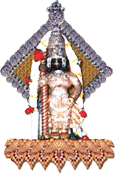

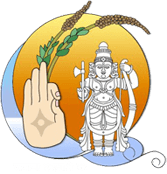
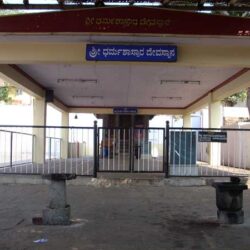
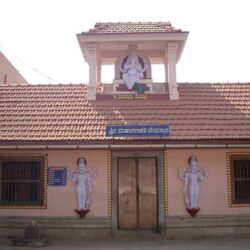
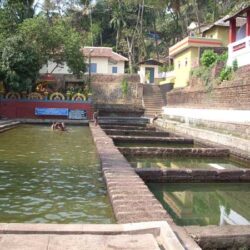

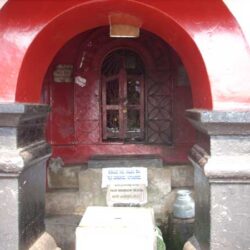
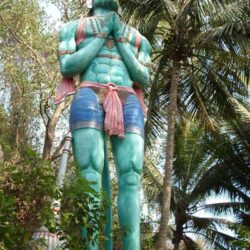
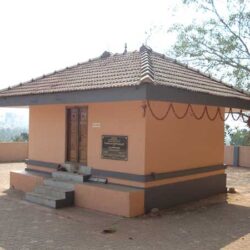
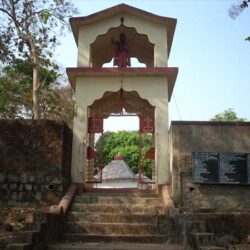
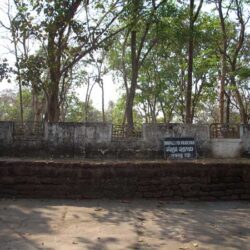
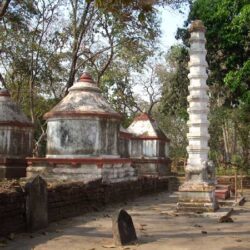
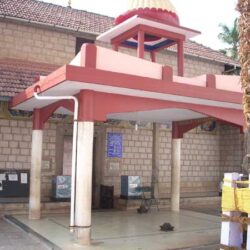

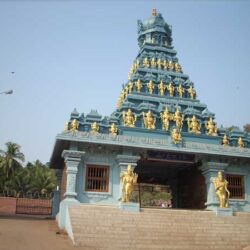
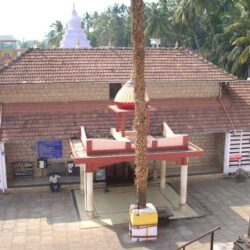
good website. Can make it more extensive
kadri temple is symbol for tulunadu buddhhsm
I pray god to give me a chance to visit tulunadu temples, which I like very much.
Thank you,
Aarti
I have been going to Kadri temple for several years today being Maha shivrathri visited temple at 5am there was a long queue to offer Abisheka to Chandra Mouleshwara. I had to wait one hour to offer Abisheka. In the previous years there used to be volunteers controlling the queue. I saw to guards on the main temple sitting. Requested to control crowd and be of use to public to speed up the offering. I was surprised to hear it’s handed over to mutt and we don’t have control!!! Shivrathri comes once a year is it not responsibility of the management?
Is there annasantharpana separately for Brahmins ?
In my view Kadri temple needs to have better visibility of two oldest bronze statues on either side of the temple to be visible. The present door with rods are very close and not visible. Proper lighting is also required. This is a very old and prestigious statues. Which should be visible to all travelers. Also Nandi statue is missing in the temple. It’s a tradition to have Nandi in all shiva temples. I don’t know the reason why it’s missing.
wonderful website ! Found it late . However , certain gramatical errors exist . Please correct them .
https://youtu.be/scJYUf_lOTk
Very old temple second temple without Nandi
Don’t know the reasons. Can anyone explain?
Also unusual to have ponds on the top of the temple. With water stream in Gomukha 24×7.
Beautifully explained
Please dont make our culture / Ithihas and history to mythology
Thank you
I am a resident of Kadri and early in the morning hours on a
routine basis, walk down to Kadri Manjunatha temple to offer my prayers. In the evening along with my few friends again go to temple for a walk and have several rounds of pradakshina around the temple. latter we sit there for about an hour and do dyana for some time and also spend time discussing various ongoing topics. We not only get the blessings of Manjunatheshwara and spend quality time in the temple arena.
I have heard that after every twelve years a group of devotees (zund)of NathPanth proceed for Trimbakeshwar with Patradevata (holy articles) from either this place or from above hill of Nath jogis and come back after one year with Patradevata.This is headed by Bhagwan Parshuram.
Will someone please clarify and send me the cell no.so that I would be getting more information on this.